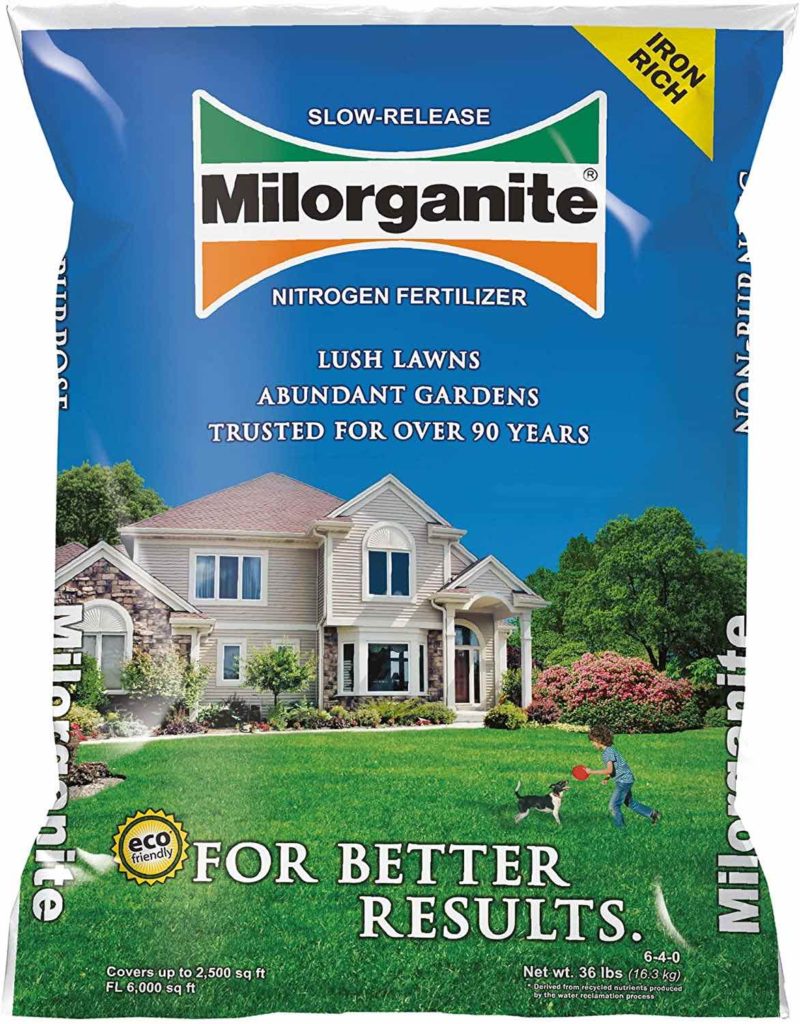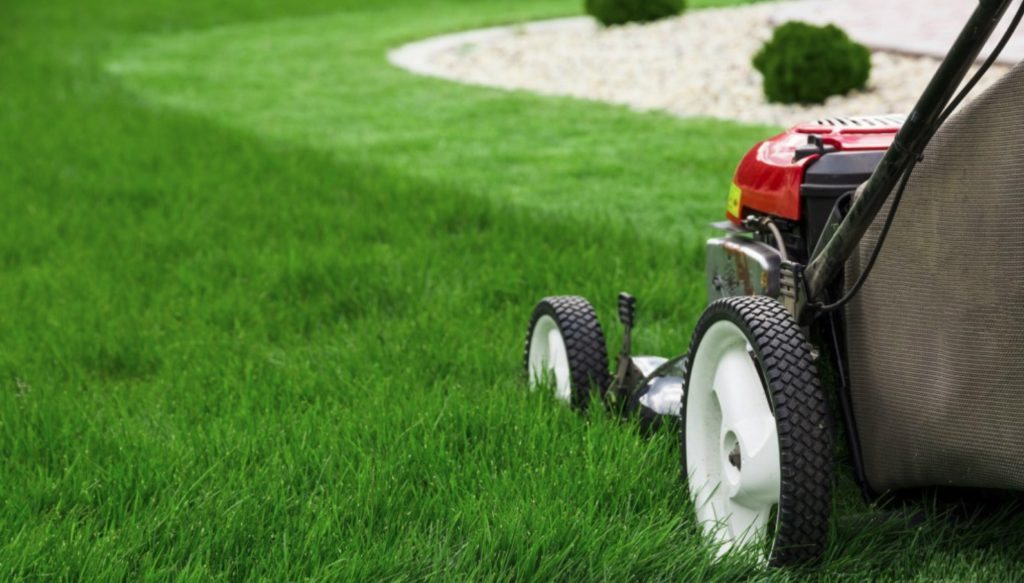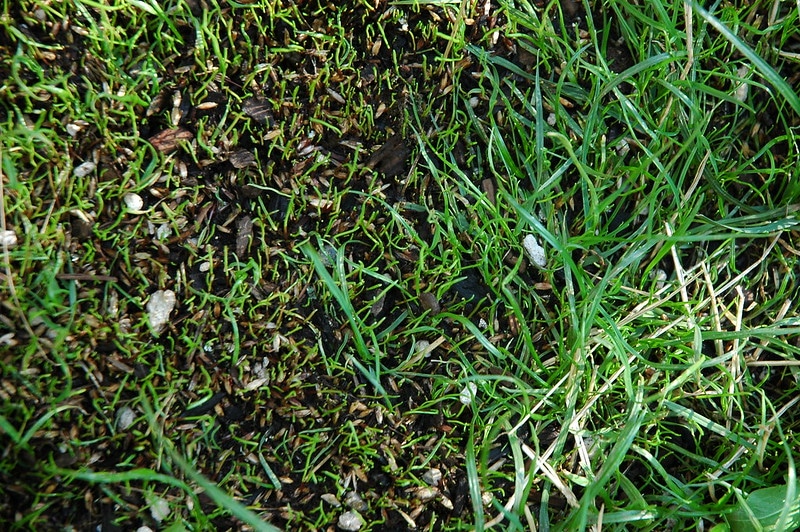Milorganite Quick Guide
Understanding Milorganite
- Milorganite is a popular organic fertilizer.
- Ideal for homeowners interested in enhancing their lawns.
Why Choose Milorganite?
- Promotes thick, lush grass, perfect for a healthy lawn.
- Versatile: Excellent for fertilizing and encouraging new growth.
| Type | Organic Fertilizer |
| Main Ingredients | Heat-dried microbes that have digested the organic material in wastewater. |
| Nutrient Composition | Typically 6% Nitrogen, 4% Phosphorus, and 0.5% Iron. |
| Usage | Suitable for lawns, flowers, vegetables, and shrubs. |
| Application Frequency | Generally applied every 6-8 weeks during the growing season. |
| Benefits | Slow-release, non-burning, improves soil health, eco-friendly. |
| Safety | Safe for children and pets when used as directed. |
| Odor | Minimal odor, less pungent compared to other organic options. |
| Environmental Impact | Recycles waste into a useful product, reducing landfill use. |
| Cost | Generally affordable, varies by region and retailer. |
What is Milorganite?
- Milorganite, produced in Milwaukee from treated sewage, is a natural fertilizer renowned for its lawn-enhancing properties.
- Comprising 85 percent organic ingredients, Milorganite isn’t certified as fully organic and cannot be used in commercial organic farming.
- While not a compost itself, Milorganite can be incorporated into compost to provide essential nourishment for plants and grasses.
Slow-Release Nutrients:
- Milorganite’s gradual nutrient release is a standout feature, ensuring plants absorb more nutrients and reducing the risk of excess nutrients leaching into waterways.
- This slow-release fertilizer, rich in nitrogen, particularly benefits lawns.
Gentle on Plants:
- Milorganite’s organic composition prevents plant burning even if used generously, a stark contrast to chemical fertilizers.
- Unlike chemical counterparts that provide rapid but short-lived growth, natural fertilizers are processed by soil microbes, delivering nutrients gradually over months.
- These nutrients enrich the soil, promoting plant health and optimizing the entire growing season.
Milorganite fertilizer offers a sustainable, plant-friendly solution for lush lawns while contributing to soil improvement.
When to use Miloganite
Maximizing Milorganite for Vibrant Lawns and More
- Milorganite finds widespread use in maintaining expansive grassy areas, from parks and golf courses to home gardens, enhancing their vitality.
- Homeowners can also harness its benefits to nurture healthier yards, making it a versatile choice.
Year-Round Application:
- Milorganite is suitable for use throughout the growing season, offering flexibility to address lawn needs as they arise.
- Its gentle composition poses no risk of grass burning, as it lacks harmful chemicals.
Spring Revival:
- The spring season often sees increased Milorganite usage, stimulating fresh growth in lawns.
Stress-Resistant and Rainproof:
- Milorganite remains resilient in the face of high temperatures and drought, making it a reliable choice year-round.
- Rainfall won’t wash it away, and unlike some fertilizers, Milorganite doesn’t require immediate watering.
Efficient Nutrient Uptake:
- While not mandatory, watering during dry spells helps nutrients penetrate the soil faster, promoting nutrient absorption.
- Professional gardeners often recommend quarterly Milorganite applications to maintain year-round lawn health.
Warning Signs:
- Overuse can lead to yellowing grass, so moderation is key in optimizing Milorganite’s benefits.
Warm season grasses
If you have warm season grasses, including Zoysia, Bermuda, St. Augustine, Bahia, or Centipedegrass, it’s a good idea to use Milorganite in the spring as this is when the turf will come out of dormancy. You should use approximately thirty-two pounds of Milorganite per 2,500 square feet of lawn. Milorganite can then be applied again at the end of May, around labor day, and in early October.
Cold season grasses
Fertilizing Cold Season Grasses: A Timely Approach
- When dealing with cold season grasses like Perennial Ryegrass, Fescue, and Kentucky bluegrass, your fertilizing strategy should align with their specific needs.
- Unlike warm season grasses, which benefit from seasonal fertilization, cold season grasses thrive with a more evenly spread application of Milorganite throughout the year.
Recommended Dosage:
- For cold season grasses, a suitable guideline is to apply 32 pounds of Milorganite per 2,500 square feet on each occasion.
Optimal Fertilizing Schedule:
- Commence fertilizing your cold season grasses at the end of May, providing a robust start to the growing season.
- Follow up with a second application on the fourth of July to maintain consistent nourishment.
- As the year progresses, consider additional fertilization around Labor Day and Thanksgiving to support your grass through changing seasons.
Identifying Grass Types:
- Unsure whether you have cold or warm season grasses? Consider your geographical location and climate. Northern regions of America tend to feature cold season grasses, while southern areas favor warm season varieties.
By tailoring your fertilizing regimen to the specific needs of cold season grasses, you’ll ensure a healthy and vibrant lawn year-round.
Fertilize new lawns with Milorganite
Milorganite can be used to fertilize a new lawn as it grows. Before planting your grass seed, you should mix it with the topsoil. This will help add nutrients to the soil and encourage the new grass to grow.
After your grass seeds have grown and you’ve been able to mow your lawn three times, you can use Milorganite again to help the lawn establish itself and thrive.
Before you use Milorganite, you should read the instructions on the back of the bag and work out how much you will need. The fertilizer is most effective when used in the correct dose.
Is Milorganite safe to use?
Milorganite has been approved for home gardening by the Environmental Protection Agency and is also commonly used by commercial gardeners. It isn’t toxic to humans or pets as the sewage has been treated during manufacture.
Milorganite is thought to contain traces of pharmaceuticals and has a relatively high iron content. It can cause an upset stomach or vomiting if eaten, so it should be kept out of the reach of pets and children.
Microbes are heat-dried, which makes them safe to use on your gardens and free of pathogens. Milorganite is a safe fertilizer that’s used by millions of homeowners across the US.
Conclusion
If you’re looking to transform the look of your lawn, Milorganite is a fantastic product. It’s an organic nitrogen fertilizer with high iron content, allowing grass to grow thick and dense.
Milorganite will feed your grass and make it appear greener. As it’s not a chemical compound, it won’t burn your grass. The fertilizer can be used after you’ve overseeded your lawn or before planting grass seeds, as it helps to encourage growth and keeps your lawn looking healthy. You may even find that your neighbors envy your well-kept lawn.
Milorganite vs Ironite: Which Fertilizer Is Best for Your Lawn?


